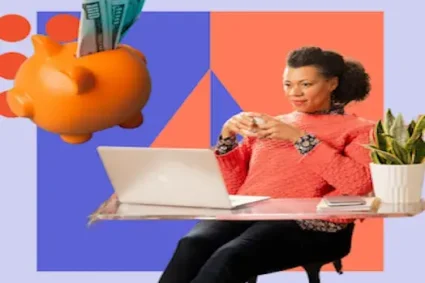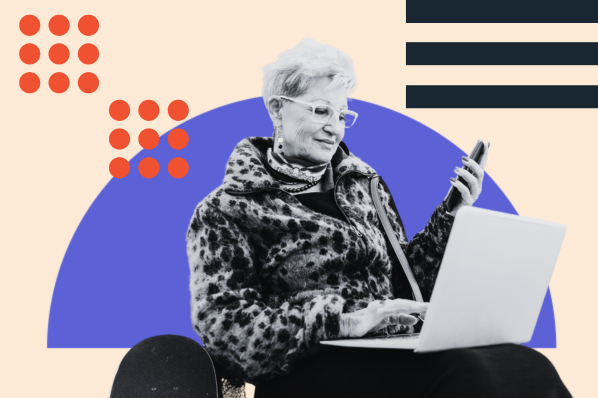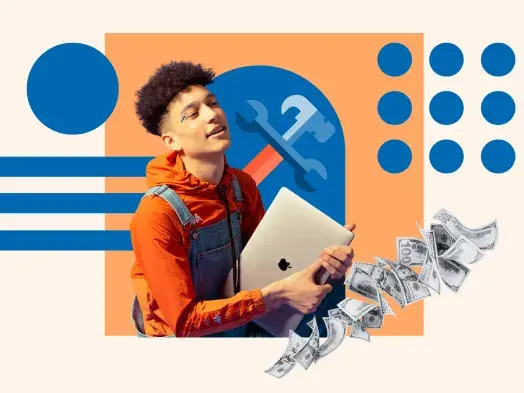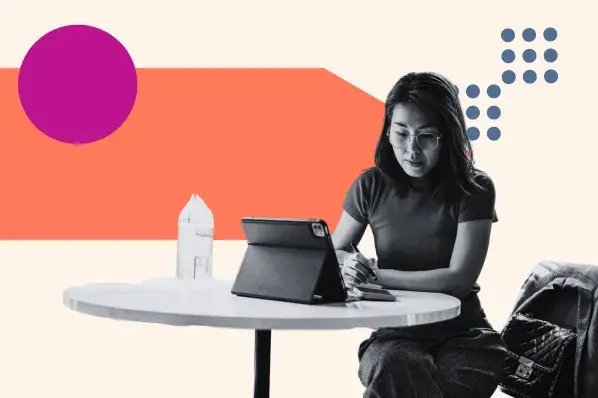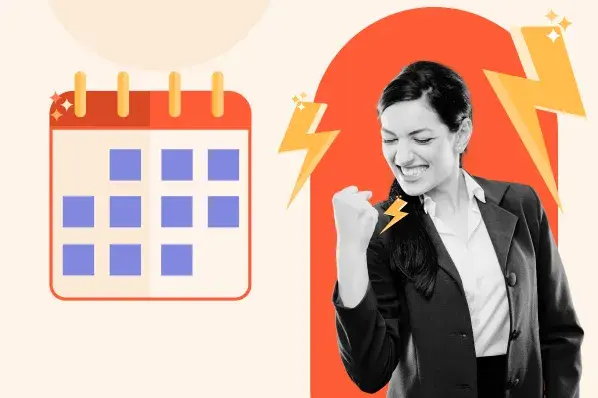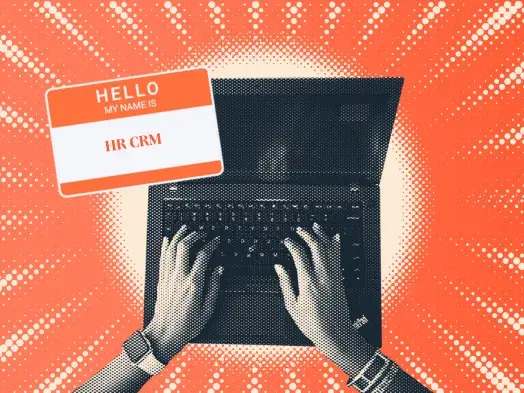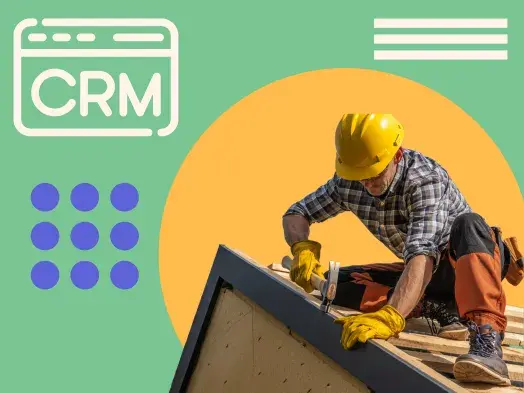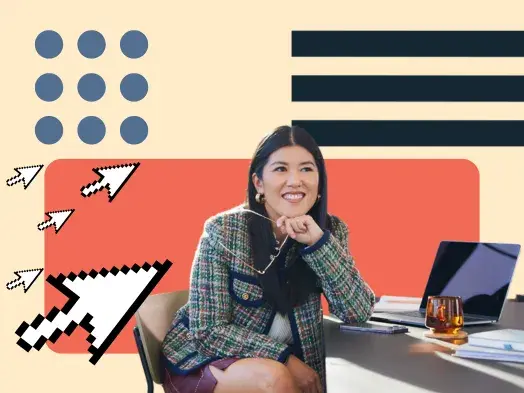
When I first started consulting for B2B SaaS companies, I made the mistake of thinking the buyer journey and the customer journey were basically the same thing — just two sides of the same funnel.
They aren’t.
I learned the hard way when a client’s churn rate quietly climbed even as new deals kept coming in. We were winning buyers but losing customers.
Since then, mapping the buyer journey vs customer journey separately and designing content for each has become a core part of my strategy work.
In this piece, I’ll break down the difference between the two journeys, where they overlap, and how clarifying them can help you close deals faster and turn more customers into loyal advocates.
Table of Contents
What is a buyer’s journey?
The buyer journey is the path a potential customer takes from first realizing they have a problem to deciding on a solution and making a purchase.
You can break into three main stages:
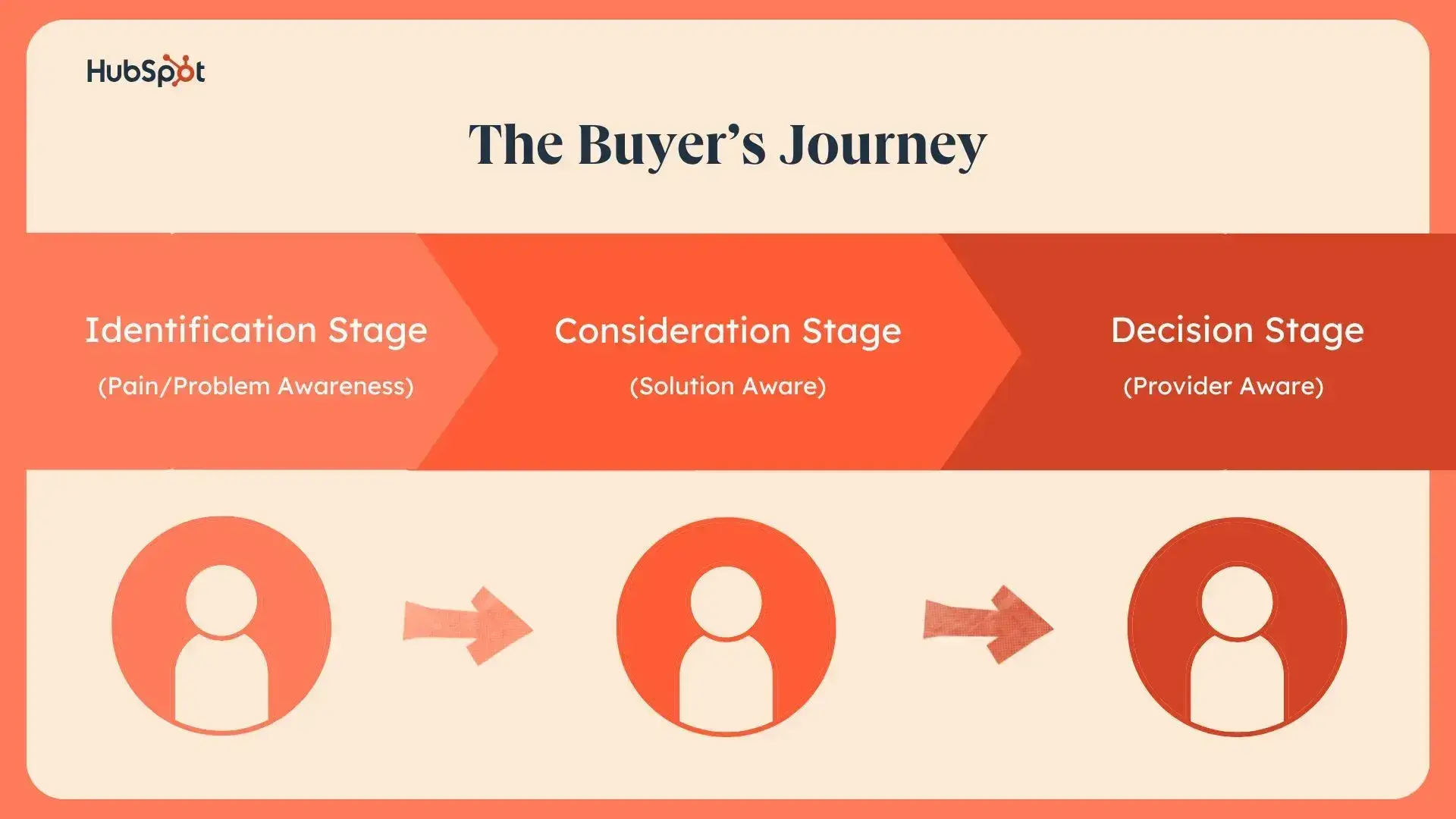
The buyer journey focuses entirely on the pre-purchase experience and involves the questions, doubts, and motivations that drive someone to buy.
For example, when I worked with a project management SaaS client, we mapped a typical buyer journey like this:
A marketing director realizes their team is missing deadlines (Awareness), compares tools like Asana and Monday.com (Consideration), and then signs up for a free trial with my client’s software (Decision).
Getting this right meant we could tailor content precisely to the buyer’s mindset at each stage.
What is a customer’s journey?
The customer’s journey begins after your buyer makes a purchase.
It’s the full experience someone has with your brand once they become a paying customer, including onboarding, product use, support interactions, renewals, and referrals.
Where the buyer’s journey ends with a transaction, the customer’s journey becomes about relationship-building. It covers every moment that either strengthens loyalty or sours it.
For example, with one SaaS client I supported, we realized new customers were excited at sign-up but confused during onboarding. Even though they had “bought,” they quickly lost momentum. By improving their onboarding flow and adding milestone emails, we helped customers get value faster and increased retention by 18%.
The customer’s journey is critical because a sale is the starting point for earning trust, satisfaction, and eventually, advocacy.
P.S. Not sure where to start with yours? Here’s a customer journey map template to use as a starting point.
Buyer’s Journey vs Customer’s Journey
Both the buyer’s journey and the customer’s journey are essential because they serve different goals, and ignoring either one leaves money on the table.
The buyer’s journey helps you attract and convert new leads by meeting them where they are in their decision-making process. The customer’s journey, on the other hand, ensures that once someone buys, they stick around, succeed, and eventually help bring in new customers through referrals or advocacy.
Here’s a summary of their differences:
|
Buyer’s Journey |
Customer’s Journey |
|
|
Focus |
Converting prospects into customers |
Building loyalty after the sale |
|
Primary Emotion |
Curiosity, skepticism, excitement |
Trust, satisfaction, empowerment |
|
Stages |
Awareness, Consideration, Decision |
Onboarding, Adoption, Success, Advocacy |
|
Relationship Status |
Stranger to customer |
Customer to advocate |
|
Key Question |
“Why should I choose this?” |
“Was this the right choice for me?” |
|
Ownership |
Usually led by marketing and sales |
Usually led by customer success and support |
|
Typical Content |
Educational blogs, webinars, case studies |
Onboarding guides, FAQs, loyalty programs |
|
Main Goal |
Win the deal |
Earn long-term loyalty and referrals |
|
Common Pitfalls |
Over-promising, unclear messaging |
Under-delivering, neglecting support |
|
Typical Metrics |
Lead conversion rate, sales closed |
Customer retention, churn rate, lifetime value, NPS |
In my experience, treating these journeys as separate but connected lets you optimize both first impressions and lasting relationships.
Where the Buyer and Customer Journeys Intersect
The buyer’s journey and customer’s journey may seem like two separate paths, but there’s always a point where they meet — and that intersection is where lasting loyalty begins.
This moment looks different for every business:
- Sometimes it happens with the first product experience.
- Sometimes through brand storytelling.
- Sometimes, through relationship-building right after the sale.
In my work as a B2B SaaS content consultant, I see it when a lead interacts with one of my audits and realizes I’m already thinking about how to help them succeed after launch. The shift happens early, and it changes the tone of everything that follows.
Other companies engineer this intersection point with equal care.
Riley Westbrook, co-founder of Australian coffee chain Valor Coffee, focuses on creating a sense of belonging. The buyer might first walk in just wanting a cup of joe, but the journey deepens when they understand Valor’s purpose.
“They come in for a cup of coffee, but become a customer when they know who we are… They are no longer a buyer nor a mere customer but a customer who has goals. It’s not about the cup they are carrying, but what that cup stands for,” Westbrook says.
The team at Valor knows the emotional bridge isn’t built at the cash register. It’s built through storytelling, shared purpose, and small daily rituals that make customers feel like participants in something bigger.
On the other hand, at AI sales coaching platform Dextego, co-founder Ioanna Mantzouridou Onasi mentions the buyer and customer journeys are almost inseparable from the start. Because their product delivers personalized value from the first demo, prospects immediately feel seen.
“Whether it’s through our product tours, our AI-generated demos tailored to their team’s sales motion, or the insights we share in initial conversations, we’re not just selling — we’re already coaching.”
Here, trust is built before any money changes hands. Buyers are gently moved into becoming customers because the product already behaves like a partner.
When you’re intentional about the handoff between buyer and customer, you open a relationship. The faster you create that emotional shift, the stronger your long-term loyalty becomes.
How to Weave the Buyer and Customer Journey Together
I know it’s easy to treat the buyer journey and customer journey as separate workflows — one focused on conversion, the other on retention. But in practice, the gap between them is where momentum gets lost and trust starts to slip.
Weaving the buyer and customer journey together means designing every stage to feel continuous, not compartmentalized. Here’s how I do that in practice.
1. Mirror the customer’s reality early.
The faster a buyer sees themselves in your product or service, the faster they start acting like a customer.
When early interactions feel generic, buyers stay detached. But when your demo, pitch, or messaging reflects their specific challenges, language, and goals, it short-circuits skepticism and builds immediate emotional buy-in.
I think this is even more critical today when you consider that, according to our 2024 Sales Trends Report, 96% of prospects do their own research before speaking to a sales rep. By the time they show up at your demo, they need relevance rather than a basic overview.
At Dextego, Mantzouridou Onasi stresses how they make this a core part of the sales process. Instead of using standard templates in their demos, they customize everything around the prospect’s real sales playbook, objection-handling examples, and KPIs. One CRO even told them, “This doesn’t feel like a pitch — it feels like onboarding.”
Because the demo already spoke the buyer’s language, the transition to becoming a customer felt natural, unlike a leap of faith.
Instead of just a “yes,” you want to get a “this is exactly what we need.”
2. Engineer loyalty moments before the sale.
Loyalty begins the moment a buyer gets their first small win.
If you wait until after someone signs up or pays to build trust, you’ve already lost valuable momentum. Instead, engineer loyalty by creating fast, tangible victories early: during trials, demos, onboarding emails, and even simple walkthroughs.
That’s especially important when you consider that sales pros only spend two hours per day actually selling. Most of the buyer experience happens outside live conversations, meaning your product and onboarding must do a lot of the work.
Take Fireflies, for example.
When I started a free trial, they didn’t leave me to figure things out on my own. They immediately sent onboarding tips like “Review your Join and Recap settings” and showed me how to capture my first meeting notes within minutes.

These tiny early wins helped shift me from “I’m trying this out” to “This is already helping me.”
The earlier you make someone feel successful, the faster they start behaving like a customer.
3. Maintain emotional continuity across channels.
The message someone hears on your homepage should match what they experience in your demo, onboarding, and first few weeks as a customer. Not just in words, but in feeling.
Buyers notice when the tone shifts. If your marketing promises simplicity, but your onboarding feels like homework, trust erodes.
Take a brand like Notion. The same calm, minimalist tone you see in their launch videos carries through their website, welcome emails, and in-app guides.
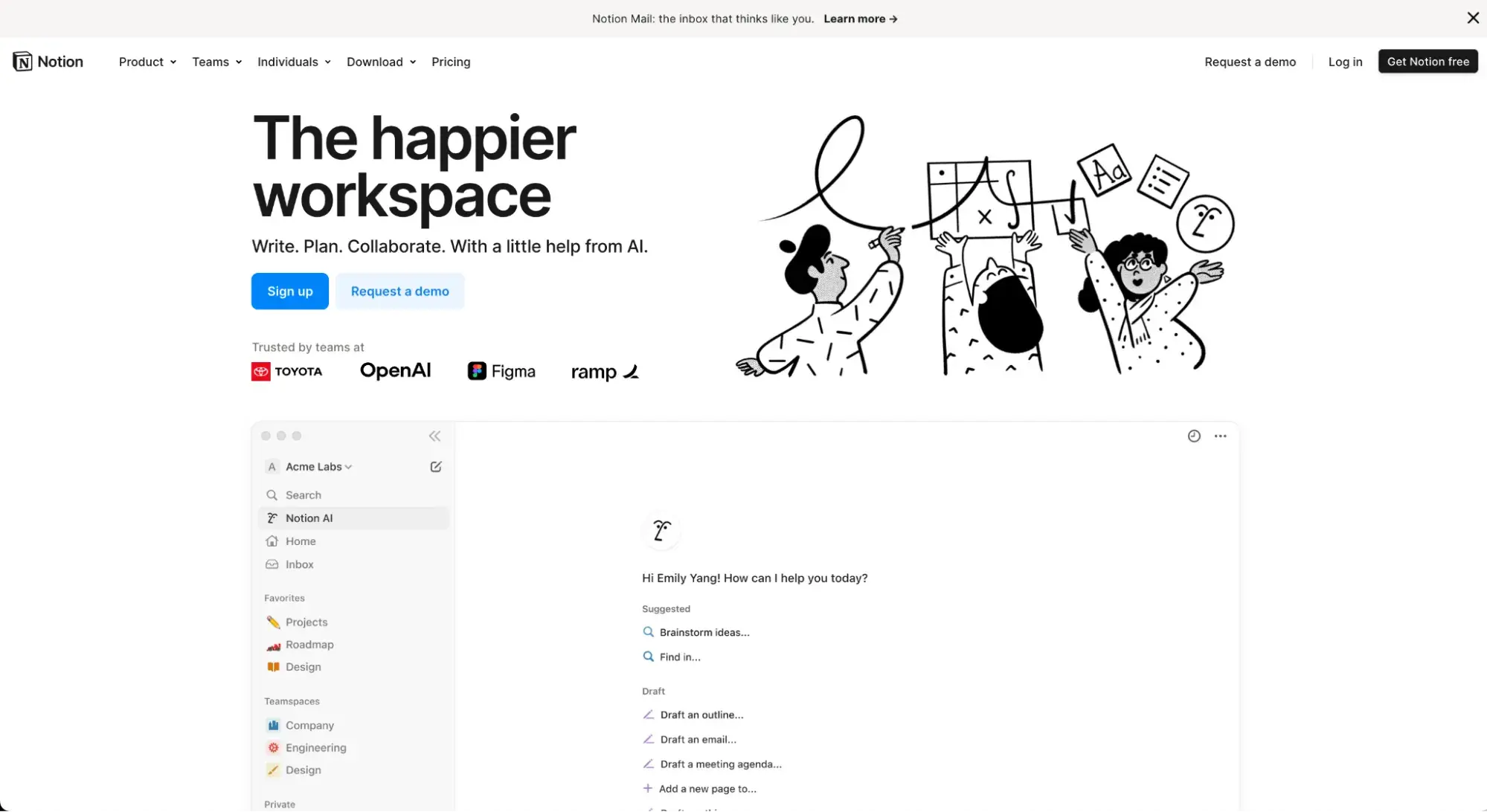
From the first “Get started” screen to the first template you use, I find the experience feels intentional, not fragmented.
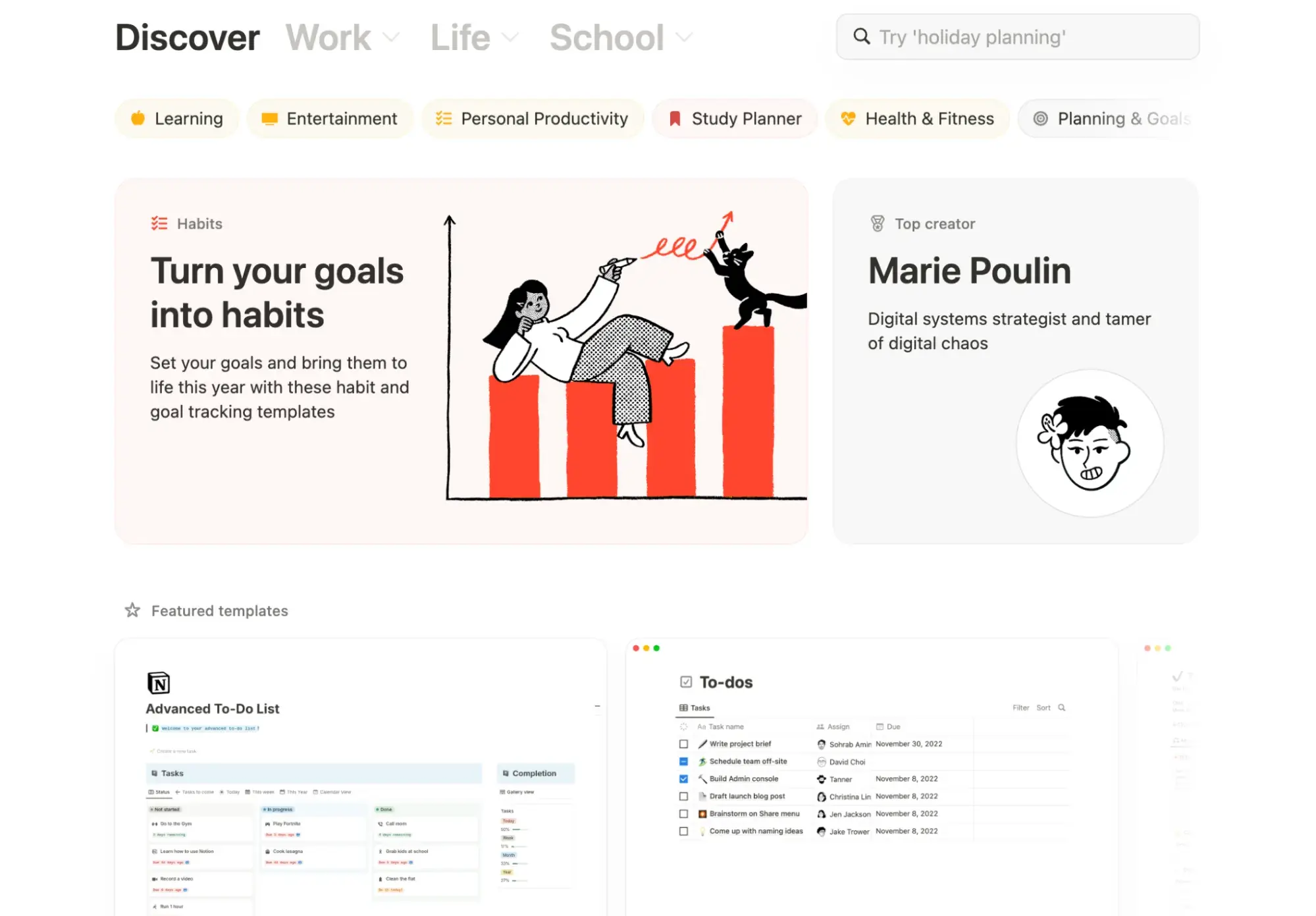
And it’s not just digital brands that do this well. Michael Capote, chief marketing officer (CMO) of German Car Depot, highlights how they intentionally mirror their online voice in their physical service experience.
“The explanation we use on our website is the same one that our staff uses when communicating with customers face-to-face, resulting in a smooth flow of information.”
I find that consistency reduces anxiety, especially in high-trust environments like auto repair, because the customer never feels like they’ve stepped into a different world. This kind of emotional follow-through, whether in an app or a waiting room, turns curiosity into confidence and confidence into loyalty.
4. Align your entire GTM engine around one core promise.
Our research shows that 72% of company revenue now comes from existing customers, not new ones. Yet most teams still structure their go-to-market (GTM) motions around one goal: acquisition.
To fix this, I recommend using a consistent sales methodology and value framework across marketing, sales, and customer success. No mixed messages. No new definitions of success post-sale.
And yet, only 30% of sales pros say their sales and marketing teams are strongly aligned. That leaves plenty of room for miscommunication and disconnects, especially in the buyer-to-customer handoff.
Julie Thomas, CEO of sales training company ValueSelling Associates, explains:
“In our business and our clients’ businesses, the buyer and customer journeys are cyclical. The AE works with the buyer to define value and ROI, and that exact plan is handed off to the CSM, who uses it as the north star. Marketing then reinforces those same outcomes with content. Everyone stays focused on solving the buyer’s problems — because that’s what keeps them a customer.”
In a recent interaction with Readymode, a customer engagement platform for outbound calling, this alignment paid off for ValueSelling. Their AI SDRs and CSMs were trained on the same value-based framework to create a seamless buyer experience.
The result? A 30% increase in demo-to-meeting conversions and 40% revenue growth because every team stayed anchored to the same definition of value.
5. Build community around customers, not just products.
Repeat purchases aren’t the only sign of loyalty. The deeper signal is when customers start identifying with your brand and want to participate in it beyond the transaction.
That shift doesn’t happen through loyalty points or discounts alone. It happens when customers feel seen, included, and invited into something they value.
Valor Coffee does this intentionally. When customers come in for an order, the team uses the opportunity to get to know them.
“We don’t immediately take their order; we take a moment to talk to them as a human being… A follow-up as a human being after a visit, a thank-you note, or a mention of a cup we think they would appreciate helps sustain that connection,” shares Westbrook.
But community-building doesn’t stop at the counter. Valor also engages customers across channels and recognizes them on social media, hosts events, and invites participation outside of purchases.
“Whether a morning conversation on X or attending an event, we want to have a community around our brand.”
Instead of just pushing customers to buy more coffee, I love how Valor makes them feel like they belong even when they’re not holding a cup.
6. Turn your buyer into an internal hero.
When a deal closes, the person who signed off on it often needs to justify that decision internally. They need proof that the solution works — and fast — especially if they championed it before anyone else on their team was convinced. That’s where your onboarding strategy can either stall or accelerate adoption.
This isn’t just about the post-sale experience. Our research shows that 28% of sales pros say long sales cycles are the #1 reason deals fall through, which means helping your champion succeed internally isn’t just about retention. It can shorten deal timelines, too.
Dextego builds for that. During the sales process, Mantzouridou Onasi and the team worked directly with a VP of sales to shape coaching prompts aligned to her team’s real-world sales challenges.
“We made her the internal hero by turning those prompts into live dashboards her team used from Day 1. That smooth transition made her look great and got us deep adoption fast.”
Instead of resetting expectations post-sale, they reinforced the exact solution the buyer had envisioned. The VP didn’t need to re-explain anything. She showed up with a working product that already reflected her input, and her team followed her lead.
I see this kind of strategic onboarding as turning your buyer into a trusted voice inside the organization. And when that happens, expansion and advocacy become a continuation, not a new sales cycle.
Help your champion win early, and they’ll keep you in the room longer.
7. Personalize the transition based on how they buy.
Not every customer enters through the same door, and treating them like they did creates friction right when trust is most fragile. Personalizing the post-sale experience based on how someone purchased (not just what they purchased) can turn that moment into a natural next step rather than a hard reset.
I like how home hospital bed company SonderCare applies this in practice by segmenting customers based on their purchasing behavior. CEO Kyle Sobko mentions that because some customers buy after intensive consultation, while others make quick decisions based on specific needs, each group receives different onboarding content and follow-up communication tailored to their decision style.
“We segment our customers based on the way they purchase, and then tailor our communication to suit their requirements. This is what has allowed us to gain high engagement, turning buyers into long-term customers.”
This approach shortens the time it takes for customers to feel confident in their decision. The result is an experience that feels less like a new phase and more like a natural extension of their buying process.
When the transition feels personal, customers are more likely to keep moving forward because the journey already fits them.
What Happens After the “Yes” Matters Most
A few months ago, I signed up for a new SaaS tool on a recommendation. The buying experience was smooth: clear value props, fast onboarding, even a friendly follow-up email. But within two weeks, I’d stopped using it.
Not because the product was bad, but because after I signed up, it felt like no one was on the other side. No prompts, no next steps, no signal that I mattered beyond the sale.
That experience reminded me what most teams get wrong: They over-engineer the pitch and under-invest in what comes after.
The work doesn’t stop at conversion. If anything, that’s where the real work begins.
That’s why mapping and connecting the buyer and customer journey has become a non-negotiable in my strategy work. Because the brands that win excel at building systems that keep showing up, long after someone says yes.
![]()

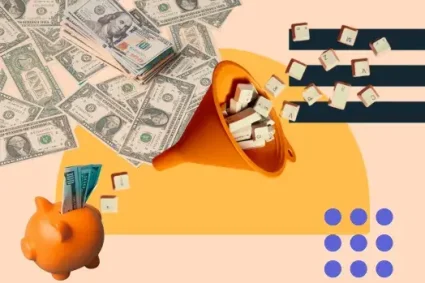
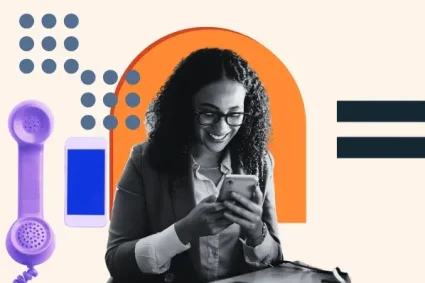

![How & why to use sales scripts [+ 14 examples and templates]](http://nurseagence.com/wp-content/uploads/2025/07/sales-script-examples-hero-425x283.webp)
